🔍 What Are Ligaments?
Ligaments are essential connective tissues that play a vital role in joint stability and movement. Found in all major joints like the knees, ankles, and shoulders, Ligaments are strong, fibrous bands of connective tissue that connect bones to other bones, allowing controlled motion while preventing dislocation or injury. They are made mostly of collagen fibers, which give them strength and elasticity. This guide explains the structure, types, functions, and common ligament injuries like ACL tears—especially useful for nursing, physiotherapy, and medical students.
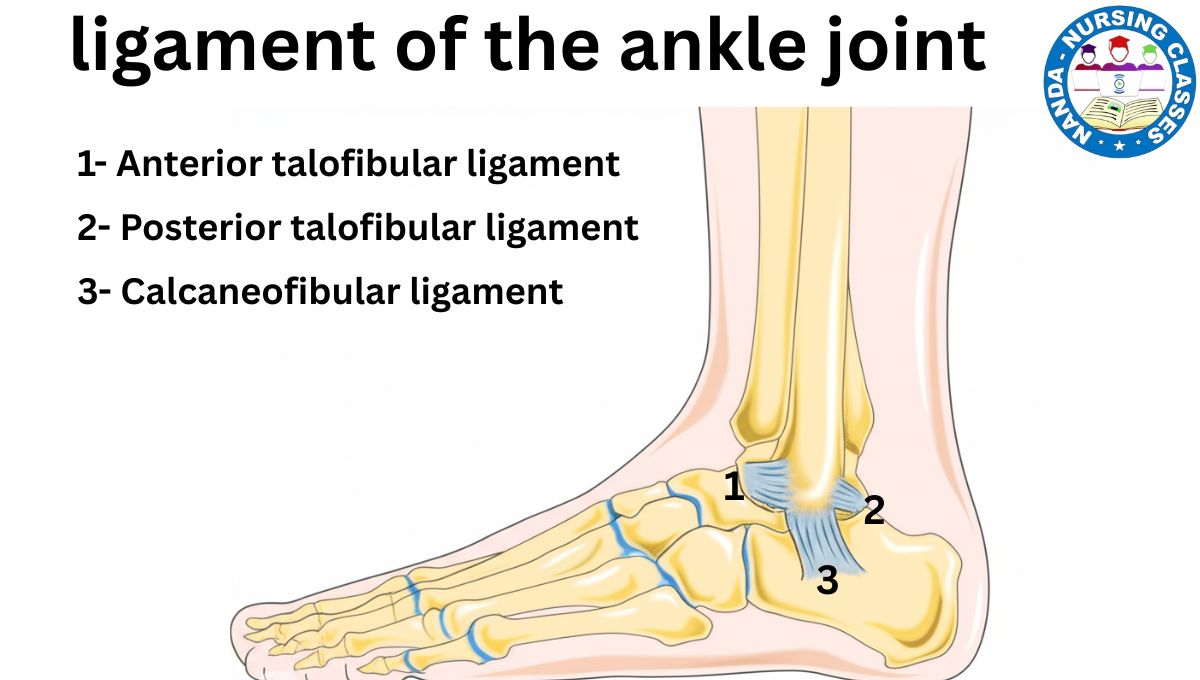
🧬 Structure of Ligaments
Ligaments are made up of a specialized form of connective tissue known as dense regular connective tissue. This tissue type is designed to provide both strength and slight flexibility, making ligaments ideal for stabilizing joints while allowing limited movement. Ligaments are composed of:
Collagen fibers (for strength)
The primary component of ligaments is collagen fibers, which are arranged in a parallel pattern. These fibers give ligaments their tensile strength, meaning they can resist pulling forces and maintain the alignment of bones at a joint.
Elastin fibers (for flexibility in some ligaments)
In some ligaments, elastin fibers are also present. These fibers add flexibility, allowing the ligament to stretch slightly and then return to its original shape. This elasticity is important for joints that need to move frequently without becoming unstable.
Overall, ligaments are tough but slightly elastic structures. They are strong enough to hold bones together and prevent dislocation, yet flexible enough to permit controlled, safe joint movements during activities like walking, bending, or lifting.
🧩 Functions of Ligaments
Ligaments play a vital role in the musculoskeletal system by ensuring that joints function safely and effectively. Here’s a detailed explanation of their key functions:
🦴 Connect Bones to Bones at Joints
The primary function of ligaments is to connect one bone to another at a joint. This connection helps form the joint structure and holds the bones in proper alignment during movement.
🔄 Maintain Joint Stability
Ligaments act like supportive straps around joints. They keep the bones in place, which is especially important during physical activities like walking, running, or lifting. Without ligaments, joints would be unstable and prone to collapse or injury.
🧘♀️ Guide and Control Joint Motion
Ligaments not only hold bones together but also guide the direction and range of movement. They ensure that joints move in the correct way and limit abnormal or excessive movement that could lead to damage.
🚫 Prevent Dislocation or Overextension
By controlling joint motion, ligaments help prevent the bones from moving too far out of place. They act as a natural check against dislocations, hyperextension, or twisting beyond normal range.
🤕 Protect Against Joint Injury During Movement
During daily activities or sudden movements, ligaments absorb some of the stress placed on joints. This protective function reduces the risk of injuries like sprains, tears, or joint instability.
🧠 Types of Ligaments (Based on Function & Location)
1. Articular Ligaments
Articular ligaments are the most common type of ligament in the human body. Their primary role is to connect bones to other bones at joints, helping to maintain the proper alignment and stability of the joint during movement.
These ligaments are found in major joints like the knee, shoulder, elbow, and ankle, where they guide and control joint motion while preventing excessive or abnormal movement.
🦵 Example:
One well-known example is the Anterior Cruciate Ligament (ACL) in the knee. The ACL connects the femur (thigh bone) to the tibia (shin bone) and is responsible for preventing the tibia from sliding too far forward under the femur. It plays a critical role in maintaining knee stability, especially during activities like running, jumping, or changing direction.
2. Suspensory Ligaments
Suspensory ligaments are specialized ligaments that support internal organs or structures by holding them in their proper position within the body. Unlike articular ligaments, which stabilize joints, suspensory ligaments primarily function to anchor soft tissues or organs, preventing them from shifting or sagging.
These ligaments are crucial for maintaining the correct anatomical placement of certain body parts, ensuring that organs function properly and remain protected.
🧠 Examples:
-
Suspensory Ligament of the Eye: Supports the lens of the eye, helping maintain its position and allowing it to focus correctly.
-
Suspensory Ligament of the Ovary: Attaches the ovary to the pelvic wall and contains blood vessels that supply the ovary, providing both structural support and a passage for circulation.
3. Peritoneal Ligaments
Peritoneal ligaments are folds of the peritoneum, which is the thin, protective lining inside the abdominal cavity. These ligaments do not connect bones like other types but instead serve to attach abdominal organs to each other or to the abdominal wall.
They provide support and stability to the internal organs, helping to maintain their correct position within the abdominal cavity. In addition, many of these ligaments contain blood vessels, lymphatics, or nerves that supply the organs they connect.
🩺 Example:
-
Hepatogastric Ligament: This ligament connects the liver to the stomach. It is part of the lesser omentum, a structure that helps anchor and support abdominal organs.
⚠️ Clinical Importance
Ligaments play a crucial role in maintaining joint stability and controlling movement, which is why their proper function is essential for overall mobility and musculoskeletal health. When ligaments are injured, it can lead to significant pain, reduced function, and long recovery times.
-
Ligament injuries like sprains are common, especially in the ankle, knee, and wrist.
-
ACL tears, a major sports injury, often require surgery and rehabilitation.
-
Ligaments do not heal easily due to limited blood flow.
✅ Why It Matters Clinically
Understanding ligament function and injury is vital in clinical practice, especially for:
-
Diagnosing joint instability and pain
-
Rehabilitating sports injuries
-
Planning surgeries or physiotherapy
-
Preventing long-term joint damage
In summary, ligaments are not only important for joint movement but also for protecting against injury. Their clinical relevance becomes especially clear when they are damaged, highlighting the need for proper care, early diagnosis, and effective treatment.
💡 Interesting Facts About Ligaments
-
Ligaments are different from tendons, which connect muscles to bones.
-
Some ligaments become more flexible during pregnancy (like those in the pelvis) due to hormonal changes.
-
Exercises that improve joint stability also help strengthen ligaments over time.
🩺 Common Ligament Injuries
Ligament injuries, particularly sprains, are among the most common musculoskeletal problems. They often occur in high-mobility joints like the:
-
Ankle (e.g., ankle sprain)
-
Knee (e.g., ACL tear)
-
Wrist (e.g., scapholunate ligament injury)
These injuries typically happen due to sudden twists, falls, or impact, especially during sports or physical activity.
🦵 ACL Tears
One of the most well-known ligament injuries is the Anterior Cruciate Ligament (ACL) tear in the knee. This is a serious sports-related injury that:
-
Causes joint instability
-
May require surgical reconstruction
-
Often needs months of physiotherapy for full recovery
🧬 Slow Healing Process
Ligaments have a poor blood supply, which means:
-
They do not heal quickly or easily
-
Severe tears may not heal on their own
-
Recovery can take weeks to months, depending on the severity
Ligaments vs Tendons
Although ligaments and tendons are both made of connective tissue and play important roles in body movement, they serve different functions and are located in different parts of the musculoskeletal system.
| Feature | Ligaments | Tendons |
|---|---|---|
| Connection | Connect bone to bone | Connect muscle to bone |
| Function | Provide joint stability and prevent excessive movement | Transmit force from muscle to bone to enable movement |
| Location | Found around joints (e.g., knee, ankle) | Found at ends of muscles (e.g., Achilles tendon) |
| Structure | Made mostly of collagen, less elastic | Also made of collagen, but stronger and more flexible |
| Injuries | Common injury: sprain | Common injury: strain or tear |
| Healing | Heals slowly due to poor blood supply | Also heals slowly but may respond better to physical therapy |
📝 In Short:
-
Ligaments hold bones together and stabilize joints.
-
Tendons attach muscles to bones and help you move.
Both are crucial for movement and joint function but serve different roles in the body.
How to Keep Ligaments Healthy
Healthy ligaments are essential for strong joints, flexibility, and injury prevention. Here are some practical ways to keep your ligaments in good condition:
🏋️♂️ 1. Stay Physically Active
Regular exercise strengthens not only muscles but also ligaments and joints. Include strength training, balance exercises, and stretching in your routine.
🍎 2. Eat a Nutritious Diet
A diet rich in vitamin C, protein, zinc, and omega-3 fatty acids helps support collagen production and tissue repair. Foods like citrus fruits, nuts, leafy greens, and fish are excellent choices.
💧 3. Stay Hydrated
Water keeps the tissues in your body, including ligaments, hydrated and flexible. Aim for 6–8 glasses of water a day.
🧘♀️ 4. Warm Up and Cool Down
Always warm up before exercising and cool down afterward to prevent ligament strains or sprains. Stretching helps maintain flexibility.
🚫 5. Avoid Overuse and Sudden Movements
Repetitive strain or sudden jerky movements can injure ligaments. Use proper form during workouts and avoid pushing your body beyond its limits.
🩺 6. Treat Injuries Promptly
If you feel pain or suspect a ligament injury (like a sprain), rest, ice, compress, and elevate (RICE). Seek medical attention if the injury is severe.
🦶 7. Wear Proper Footwear
Supportive shoes help maintain proper body alignment and reduce stress on ligaments, especially in the knees and ankles.
📝 Conclusion
Ligaments are essential for maintaining joint health, stability, and mobility. Whether you’re walking, lifting, or simply stretching, your ligaments are hard at work. To keep ligaments healthy: exercise regularly, eat well, stay hydrated, avoid injury, and listen to your body. Healthy ligaments support strong joints and help you move freely and safely. Understanding their structure and role is crucial, especially for healthcare professionals, athletes, and students learning about the human body.
FAQs on Ligaments
1. What are ligaments?
Ligaments are strong, fibrous bands of connective tissue that connect one bone to another at a joint. They help stabilize joints and control movement.
2. What are ligaments made of?
Ligaments are primarily made of collagen fibers, which provide strength. Some ligaments also contain elastin fibers, allowing slight flexibility.
3. What is the main function of ligaments?
The main function of ligaments is to:
-
Hold bones together at joints
-
Maintain joint stability
-
Prevent excessive movement or dislocation
4. How are ligaments different from tendons?
-
Ligaments connect bone to bone and support joints.
-
Tendons connect muscle to bone and help in movement.
5. Where are ligaments found in the body?
Ligaments are found in all major joints, such as the:
-
Knee (e.g., ACL)
-
Ankle
-
Wrist
-
Shoulder
-
Spine and pelvis
6. What is a ligament injury?
A ligament injury is usually called a sprain. It happens when a ligament is stretched or torn, often due to sudden twists or impact.
7. What is an ACL tear?
An ACL tear is a common ligament injury in the knee, usually caused by sudden stops or changes in direction. It may require surgery and rehabilitation.
8. Do ligaments heal on their own?
Ligaments can heal, but slowly, due to limited blood supply. Minor sprains may heal with rest, while severe tears may need medical treatment or surgery.
9. How can I prevent ligament injuries?
-
Warm up and stretch before exercise
-
Use proper technique and posture
-
Wear supportive footwear
-
Avoid overuse or high-impact movements without training
10. Can ligaments become weak or loose?
Yes. Repeated injuries, poor muscle strength, or certain conditions can cause ligament laxity, leading to joint instability and a higher risk of injury.
We have divided the Skeletal system into four sections for your convenience. You may read each part by clicking on the topics listed below:
Part 1 – Bone🦴
Part 2 – cartilage
Part 3 – ligaments
Part 4 – Joint

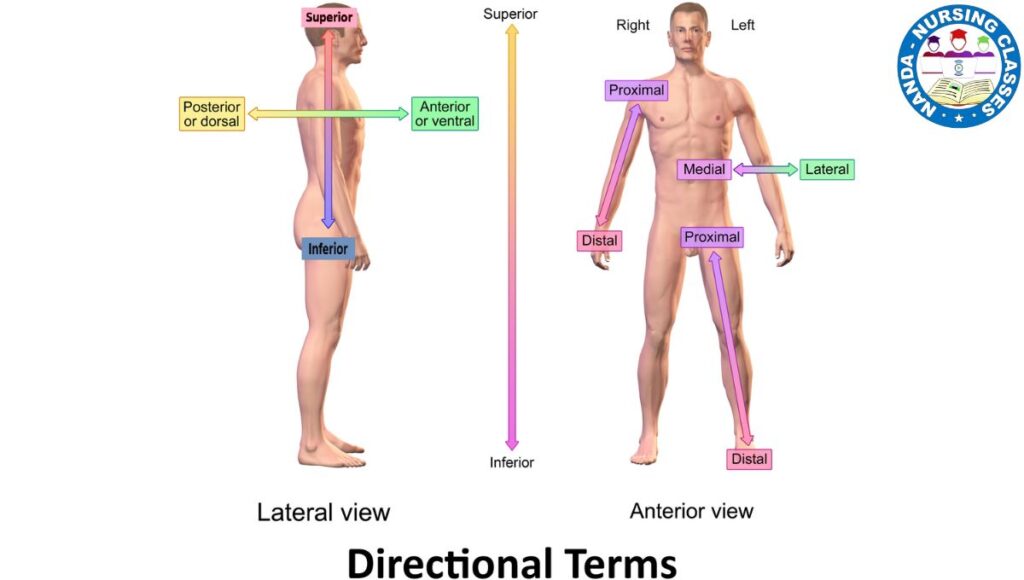
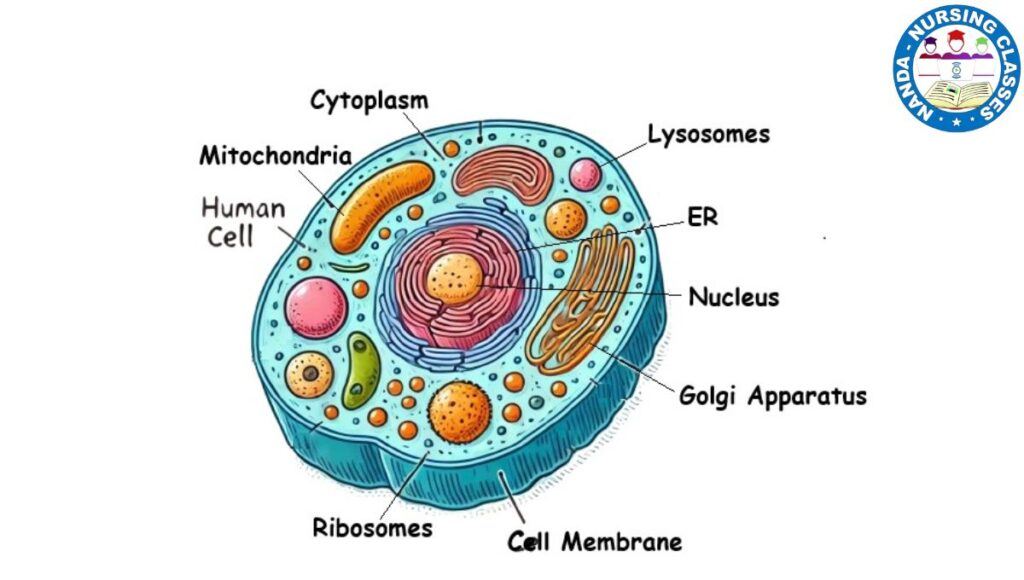
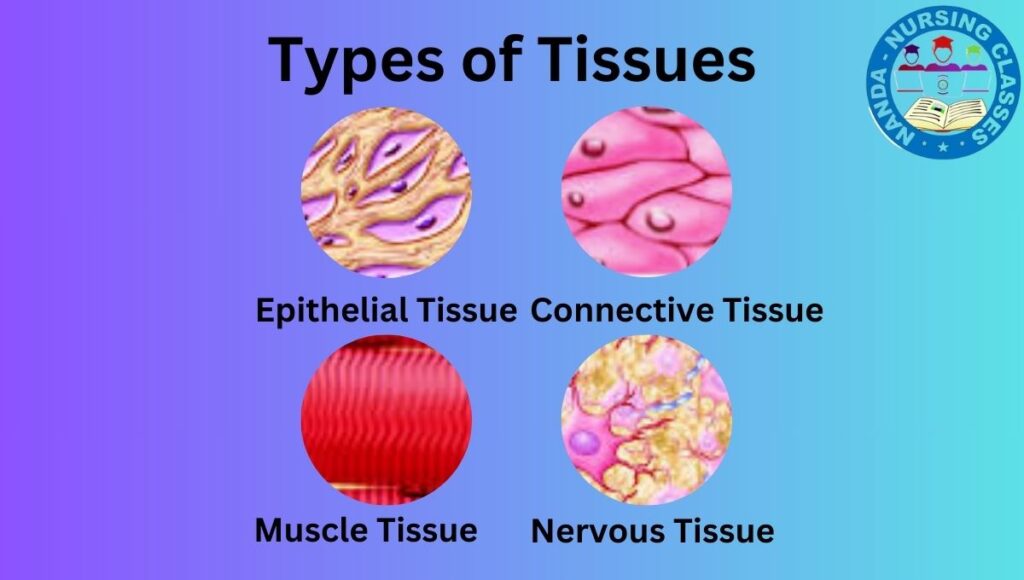

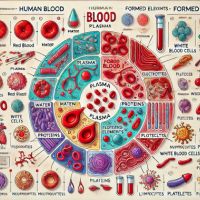
I think this is one of the most important info for me. And i am glad reading your article. But should remark on few general things, The website style is ideal, the articles is really nice : D. Good job, cheers
Good write-up, I am regular visitor of one¦s website, maintain up the excellent operate, and It is going to be a regular visitor for a long time.